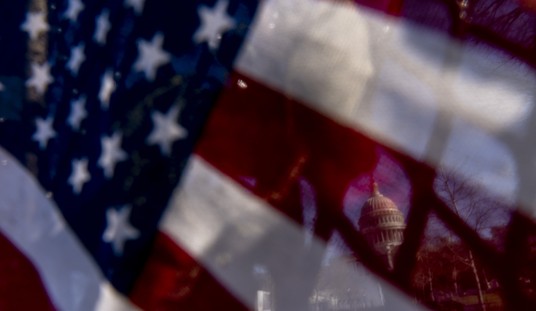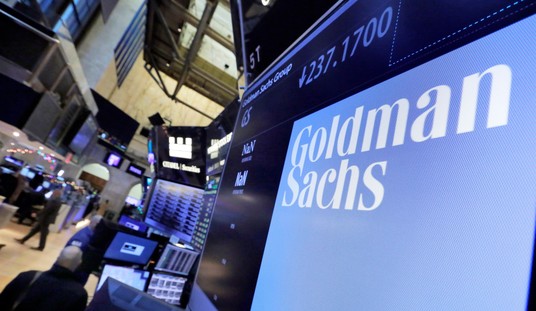Sin taxes are typically added to liquor, cigarettes and other non-luxury items. State governments favor sin taxes because they generate an enormous amount of revenue and are usually easily accepted by the general public because they are indirect taxes that only affect those who use the products. When individual states run deficits, the sin tax is typically one of the first taxes recommended by lawmakers to help fill the budget gap.
We’ve covered plenty of cases here over the past few years of various states looking to fatten their coffers by passing new or ever increasing tobacco taxes. They range from New York to Illinois and across the ocean to Ireland, but the goal is always the same. Find a way to soak more revenue out of the public by claiming to be fighting something awful, while being unwilling to actually outlaw the awful thing in question. In fact, if tobacco actually were outlawed, whole segments of the economy would collapse, massive job losses would follow and state revenues would decrease, so it’s something of a cynical viscous circle. But how has the revenue generating side of this scheme worked out for the states which choose to go that route?
A new study from the National Taxpayer’s Union shows that this particular shell game isn’t delivering anywhere near the promises which were made.
Cigarette tax hikes lead to different types of tax increases, fail to meet revenue projections. In nearly 70 percent of cases between 2001 and 2011, tobacco tax increases were followed by other tax hikes! Whether directly due to their failure to live up to revenue expectations, or simply because they signal a political apparatus desperate for more pet-program funding, there is no denying that every taxpayer has cause for concern when they hear a tobacco tax hike proposal.
The study looks at 101 cases where cigarette/tobacco taxes were increased between 2001 and 2011. Of those, a whopping 29 actually met the revenue projections promised when the tax increases were proposed. That’s a seventy percent failure rate, which would be impressive even by Washington standards. And what happened when they failed to deliver? In 66 of 96 cases studied, other, unrelated tax hikes where imposed in the following 24 months.
One of the other big promises of tobacco tax hike aficionados is the smug inference that if they can raise more money by taxing nasty old tobacco users, the tax burden for everyone else can go down. How often does that happen?
Between 2008 and 2013, only two out of 40 revenue actions that raised the tobacco tax were followed by cuts in other taxes. Furthermore, if the results presented in a 2008 National Taxpayers Union study are included, only four of 103 tobacco tax increases between 2001 and 2013 (less than 4 percent) were offset by other tax cuts.
Other factors pointing to the systemic failure of this taxpayer fleecing strategy are included, so read the rest of the report. This trick is being pulled all over the country, year after year, with nearly uniform results. And yet it continues.








Join the conversation as a VIP Member